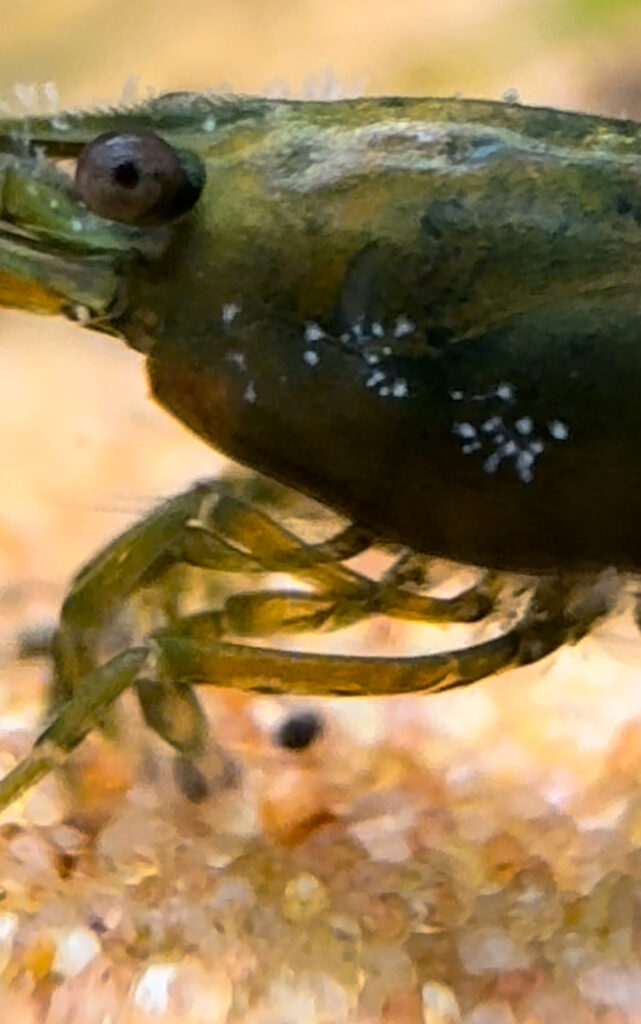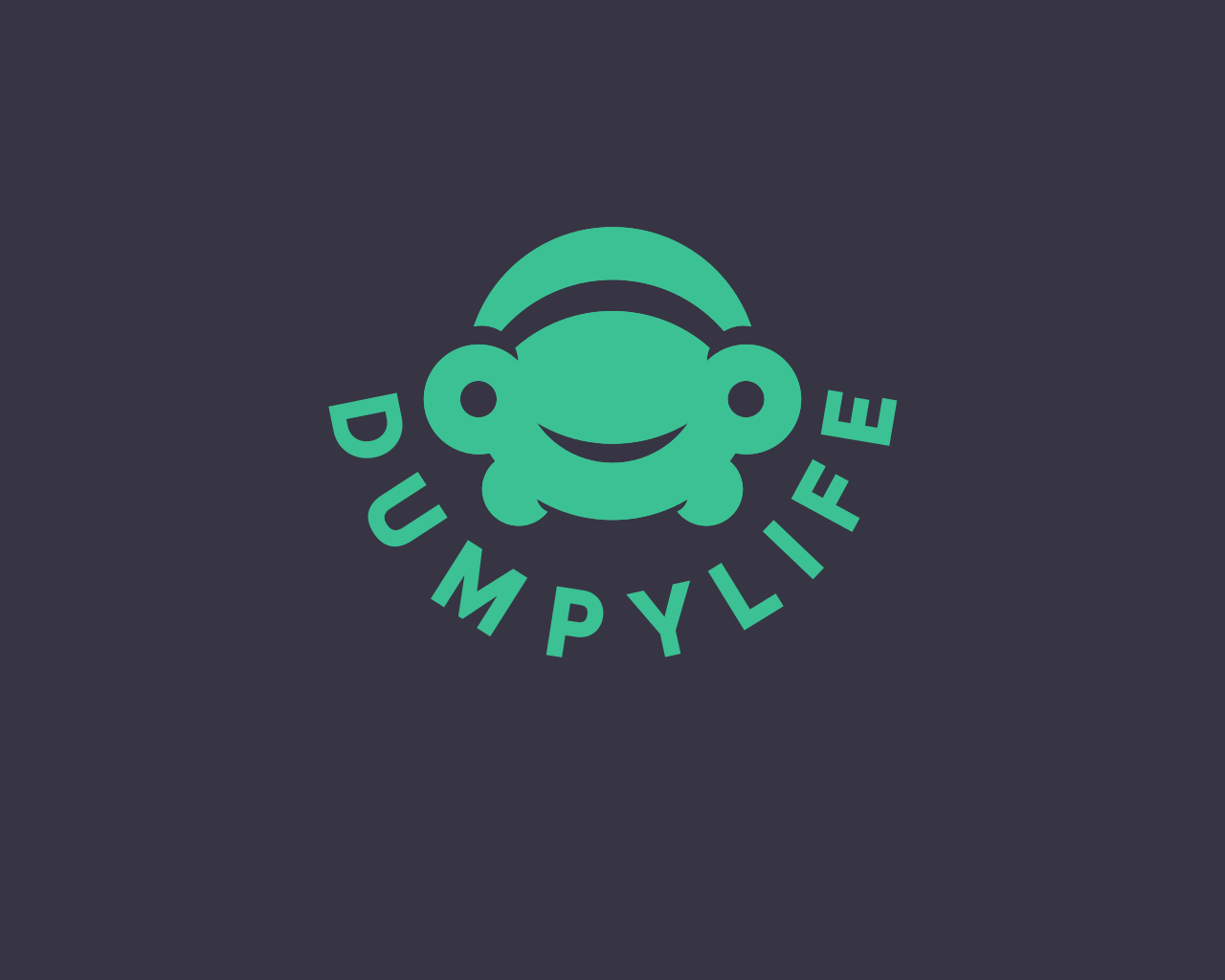Your cart is currently empty!
Common diseases and treatments in Neocaridina; shrimps nemesis
When keeping Neocaridina, diseases will always appear. It is important to recognize these and, if possible, treat them quickly. In this blog we have listed a number of the most common diseases and treatments in Neocaridina when keeping them.
Planaria
We first noticed that we had planaria because our green hulk family wasn’t growing as prolific as before. At some point there was a 5mm white worm crawling over the glass. It had a distinctive arrowhead headshape en two dots resembling the eyes. We noticed there were white and brown ones when inspecting the tanks.
The brown planaria are commonly known as a dugesia type of planaria and the white ones as procotyla. That’s a fun fact but the bottomline is they are both carnivores and won’t hesitate to kill of shrimp that are caught off-guard. They also gang up if the pray is too big like snails. Planarians possess a secret weapon in the form of a poison they excrete that paralyzes other species in the aquarium. It’s not hard to lure them out of their hiding places.
The little critters come out when food is being served. At first we tried some homemade traps, and they caught a good amount of planaria, but there were still some left in the tank. The method wasn’t a definitive method. There was need for a more permanent solution. `after trying some over the counter medicine, which all failed to kill the planaria, including the praziquantel. As you can see in the video the planaria doesn’t mind swimming in 5 times the recommended dose of praziquantel for killing planarians. In the end we managed to get some flubenol. Once dissolved in water (that sounds more easy then it actually is). The medicine comes in powderform and to dissolve it properly you should use distilled water. There are chemical additives to dissolve it better but it works fine by using the distilled water. Use 1 gram in 100 ml of distilled water and dissolve. It helps to use hot water. We used a pan to boil water in and place the container with the flubenol in that water. You will still be left with some residue in the bottle but the solution will be ready for use. then use 1ml for 5 liters of water. Treat all other tanks for safe measures.
The Scutariella Japonica; a parasitic flatworm
This flatworm attaches itself to the shrimp and lays its eggs in the chambers of the gills. Although it does not directly harm its host, it can still cause weakness in the shrimp in the event of a large infestation.

When the shrimp molts, the worms and eggs will come loose and the other shrimp can become infected. In order to prevent a large infection, it is sometimes necessary to treat. There are several options for this:
Dip the infected shrimp in a glass of water with aquarium salt (1 tablespoon) for 30-60 seconds. This may have to be repeated a few times.
Prazilquantel; this is actually an anti-worm agent intended for people or pets but can be used perfectly in the aquarium. Dose 2.5 mg per liter and repeat the treatment after 2-3 weeks to combat any hatched flatworm eggs.
Flubenol: commonly used deworming agent in, for example, koi carp farming. Use 0.1 gram per 40 L. Repeat the treatment after 2-3 weeks to combat any hatched flatworm eggs.
Remove the molts from the shrimp during the period that you are treating. The parasite is often attached to this and counts on another shrimp to eat the molt. That is why you should remove the molt.
Milk fever
This disease is characterized by the non-transparent white color that the shrimps get. They become weakened. The shrimps show apathetic behavior and can even show signs of paralysis. The exact cause is not yet clear, but it seems to indicate poisoning. Possibly due to the presence of nitrite or heavy metals. Changing the water (up to 80%) is therefore necessary. Note that the shrimps can also show these kinds of symptoms before molting.
Vorticella campanula; a single-celled organism
This is a protozoan, a single-celled organism that occurs naturally in our aquariums..
There is not much documentation about the treatment. In principle, this vorticella lives on bacteria and is not directly harmful. It attaches itself to the skin of the shrimp, which causes skin damage and therefore reduced resistance in large numbers.
Sometimes an aquarium salt bath helps. Dissolve a tablespoon of salt in a cup of aquarium water. Then place the shrimp in it for 30-60 seconds. Keep an eye on the behavior of the shrimp. Repeat this treatment daily until the symptoms disappear. In most cases this is not sufficient. Please note: table salt is not suitable for this treatment. It contains anti-caking agent and often iodine.
Adding catappa leaves or alder cones to the water can help. The tannins that are released are good for a variety of skin diseases. In addition, catappa leaves are a good snack. Add some leaves, the water will turn brown because of the tannins. Note that the pH value is also affected by this.
Add 1ml of hydrogen peroxide 3% per 4.5L to the aquarium. This treatment should be done daily for a week.
Rust disease/burn spot disease; a fungus
This disease is caused by a fungus and gives brown/black spots on the shrimp. Alder or Oak leaves could help, but no treatment is guaranteed. Isolation is therefore the only real solution.
Molting/sloughing problems
During molting, or rather shedding, sometimes things can go wrong. When it concerns deformities of vital body parts, the shrimp will die within a few hours. Other minor deformities (for example in legs) will regenerate during the next molt. The shrimp is weaker in the period after molting. The shell still has to harden. This therefore remains a vulnerable period.
As is clear from the above information, not all diseases can be prevented. Hopefully this overview can help to prevent the biggest problems.

2 responses to “Common diseases and treatments in Neocaridina; shrimps nemesis”
hi
Hello!